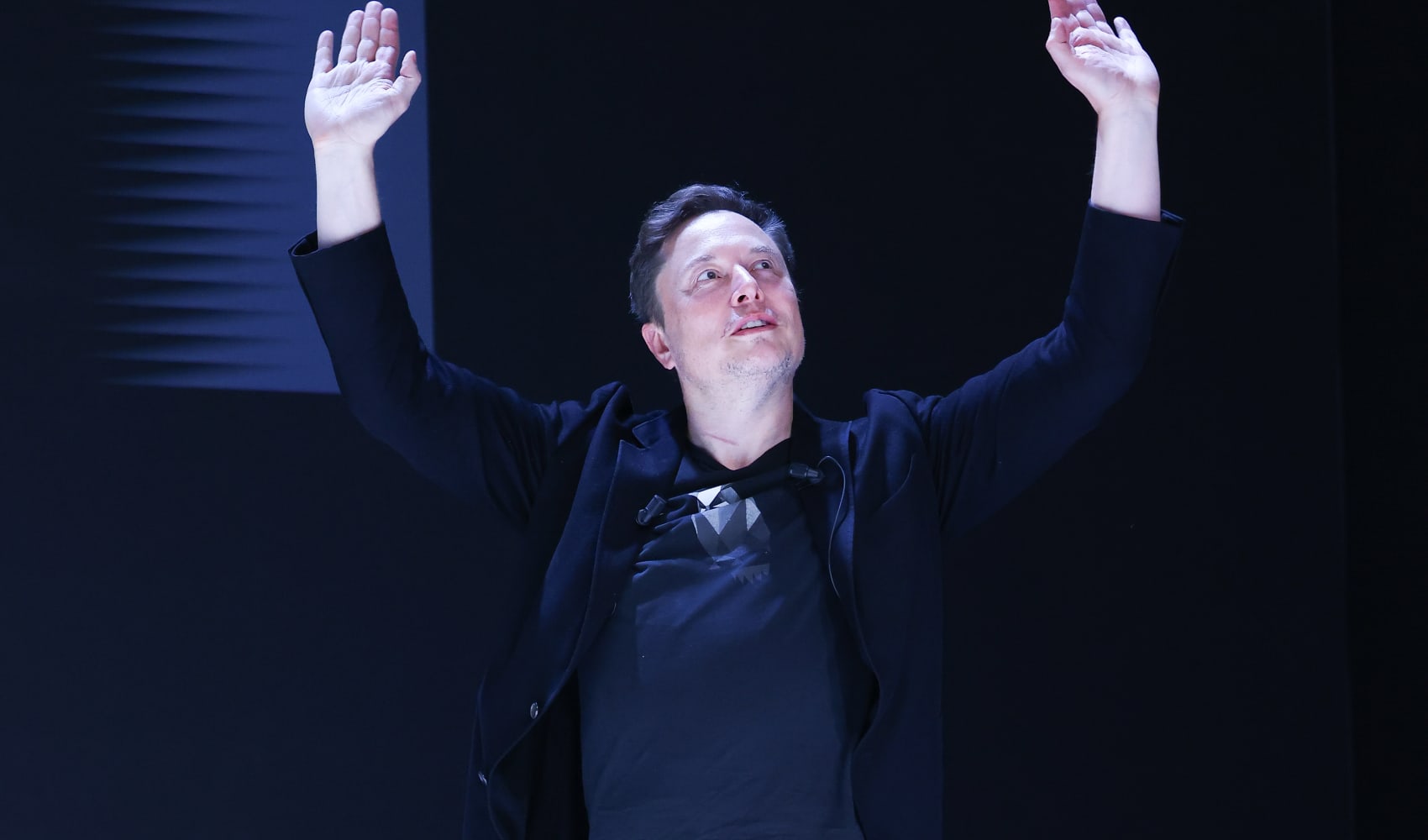
- Onboarding new employees is a core responsibility of talent leaders. The way it's done can greatly shape a worker's sense of belonging within corporate culture.
- An increasing number of companies are leveraging artificial intelligence and other digital tools to create a more personalized, tailored, and efficient onboarding process.
- At the CNBC Workforce Executive Council Summit, Taylor Bradley, chief human resources officer at generative AI firm Turing, explained how AI is improving the way to bring new people into the fold.
Onboarding new employees is one of the central responsibilities of talent leaders and the way it's done can greatly shape a worker's sense of belonging within the organization.
WATCH ANYTIME FOR FREE
Stream NBC10 Boston news for free, 24/7, wherever you are. |
An increasing number of companies are leveraging artificial intelligence and other digital tools to create a more personalized, tailored, and efficient process to bring new workers into the fold. In fact, a recent survey shows that over two-thirds of companies say they've incorporated AI into their onboarding process, and 87% are committed to adopting AI for hiring and onboarding in the years ahead.
At the recent CNBC Workforce Executive Council Summit, Taylor Bradley, chief human resources officer at generative AI firm Turing, explained how AI is improving how it brings new people into the company.
Get updates on what's happening in Boston to your inbox. Sign up for our News Headlines newsletter.
Earlier this year, Bradley received a call from Turing co-founder and CEO Jonathan Siddharth with the news that the company would onboard up to 300 people the following week and needed a program for their introduction to the company. "I appreciated that [Jonathan] didn't say he needed it done yesterday," Bradley joked to the WEC audience comprised of CHROs, chief people officers and diversity, equity and inclusion executives across a variety of industries.
Bradley's HR team had already been working with a large language model known as A.L.A.N. He explained its name as both an homage to the company's namesake, mathematician Alan Turing, and the acronym "always learning, always nimble." Using this LLM, Bradley said his team was able to do in under six hours what it would have taken them two to five weeks to complete without AI.
A faster way to create
Money Report
His team began the onboarding exercise by meeting with Turing's engineering leaders to record 30- to 60-minute videos. The purpose: walk a new engineer through the all the steps needed to do their job efficiently and effectively. Those videos were then run through the LLM where it was able to instantly distill down and deliver all the content Bradley's team required to create e-learning modules that a new software engineer would need.
The third piece of the AI-enabled onboarding process involved taking transcripts of the e-learning modules to create AI voiceovers that would facilitate the training. "My engineering leaders loved it because it was taking them out of the job of having to be a facilitator," Bradley said. It also allows Bradley's team to make updates to the modules without needing any coding background.
When asked how accurate the LLM has been, Siddharth said there are two things to keep in mind. "The first is that there must always be a human in the loop, and the second is that there must be the right infrastructure to keep checking," he said.
"Hallucinations are impossible to remove, they never completely go away, but they can be mitigated," he explained. For instance, if a company has an HR handbook, an AI model can be trained to stick to the answers in that handbook rather than offer one of its own.
"I tell my team to look at AI as a way to complement your voice, not replace it," Bradley said. "We always need to have a human to check things."
Siddharth and Bradley also told the WEC audience that looking for AI grand slams right from the start could inhibit a company's progress. Rather, they advise beta testing different approaches and then scaling the ones that work.
"If you have to wait three years to get results, you may not get the buy-in from employees that you're looking for," Bradley said.
To join the CNBC Workforce Executive Council, apply at cnbccouncils.com/wec.






